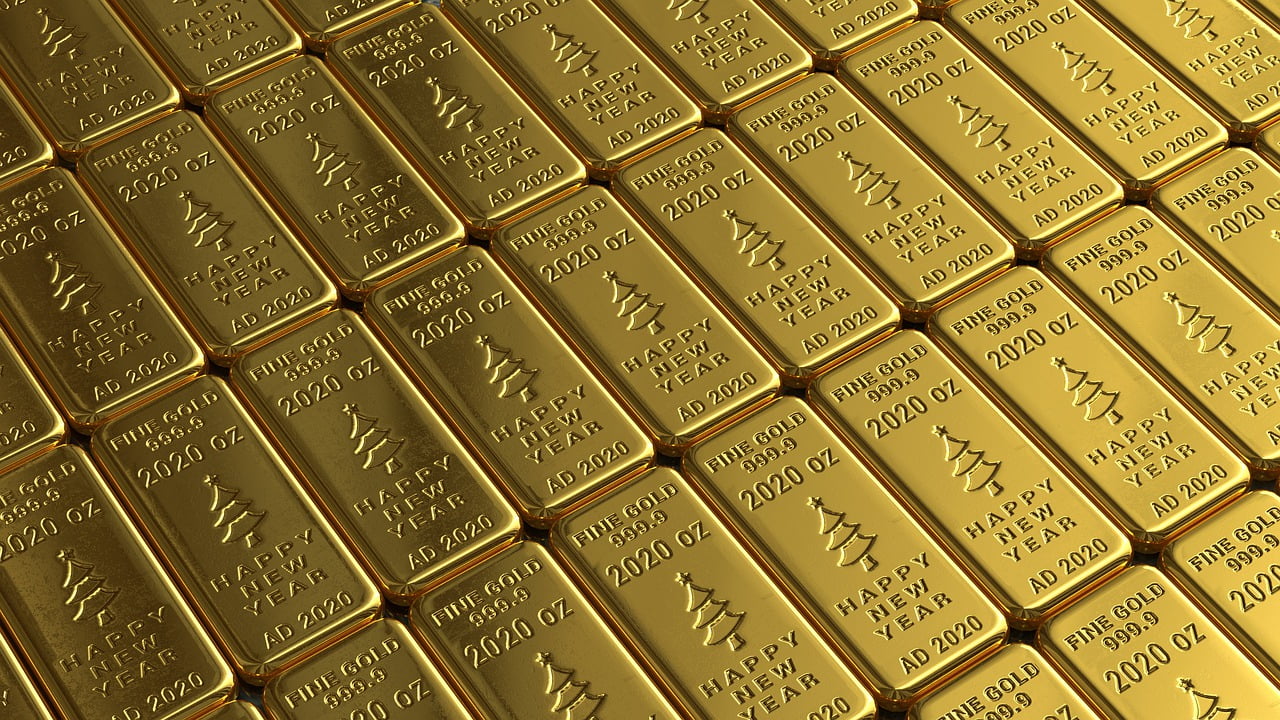Macro signs disappointing as resilience of Covid and virus-related restrictions drive uncertainty
Q2 2021 hedge fund letters, conferences and more
The three main themes which have dominated the agenda this week are: (1) signs that the Federal Reserve is getting closer to taper its asset purchases, (2) strengthening US dollar and (3) fears about global energy and metal demand due, largely, to a robust coronavirus.
Commodity Prices Fall
Senior analyst at International FinTech, EXANTE, Victor Argonov says:
"Consequently, we have seen some sharp falls in key commodity prices such as crude oil and copper. The strength of the greenback makes these buck-denominated commodities dearer for buyers with foreign currencies, while signs of slowing economic activity in China, the world’s largest copper consumer, is obviously not great.
Precious metals have also suffered this week, especially palladium, which has lost over 10%, while platinum and silver have been largely out of favour due to weaker industrial demand. Gold, on the other hand, has been flat-ish, finding support from haven flows and weakness in yields, while the upside has been capped by the strength of the dollar. This side-ways trend is likely to continue for gold until the dollar tops out, which could be a while given that the Fed is currently among only a couple of hawks while the rest of the major central banks are all dovish.
Safe-haven flows have also helped to support the Japanese yen, which has rallied sharply against all major currencies. Commodity dollars, such as the Australian and Canadian dollars, have come under intense pressures, as too have commodity-linked miners and energy stocks. The wider equity markets have turned a bit volatile, although the downside for the major indices has been fairly limited thus far, owing to global central banks remaining very dovish.
The Resilience Of Covid
The resilience of Covid and virus-related restrictions continue to remain the main source of uncertainty for investors, as it directly impacts demand and supply chains. With the virus spreading rapidly across America, it is becoming one of the worst hotspots with fatalities climbing. Hospitalization rates have been surging higher, with the whole state of Alabama now out of intensive care beds. ICUs in several US states such as Florida, Mississippi and Texas are near full capacity. If the situation gets very bad, we might see further restrictions being imposed and new lockdowns. This will only be bad news for commodities.
The latest macro signs haven’t been great either with economic data from the US and China both disappointing expectations of late. In the week ahead, we will get to see how the global manufacturing sector is faring, with the sector PMIs out on Monday. We will also have the second estimate for US GDP in Thursday.
However, it will be the Fed Chair Jay Powell who the whole world of financial markets will be watching at the back end of the week ahead when the Jackson Hole symposium will kick off. Investors might get an idea about the timing of the Fed’s tapering plans, which will be very important for the dollar. If Powell indicates that the central bank is going to start tapering in the very near future then we may well see further gains for the greenback, especially against currencies where the central bank is comparatively less hawkish. For example, the EUR/USD might be heading to 1.15 given the ECB’s dovish stance.






